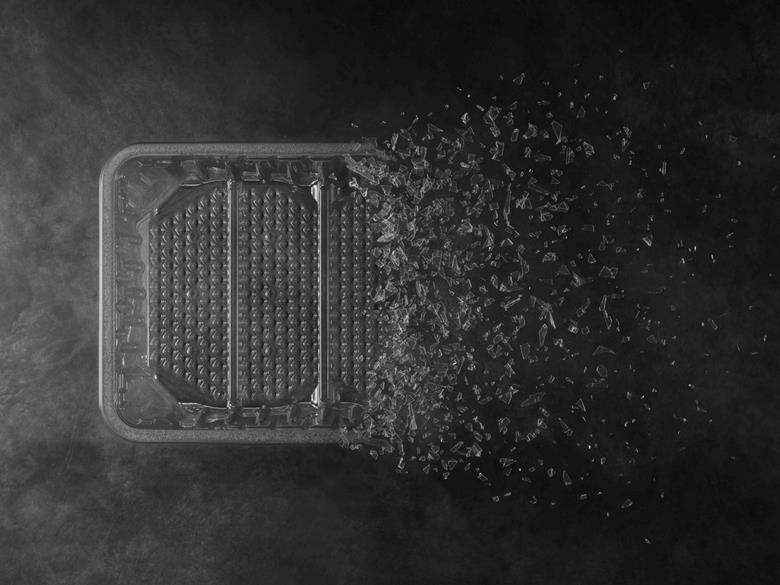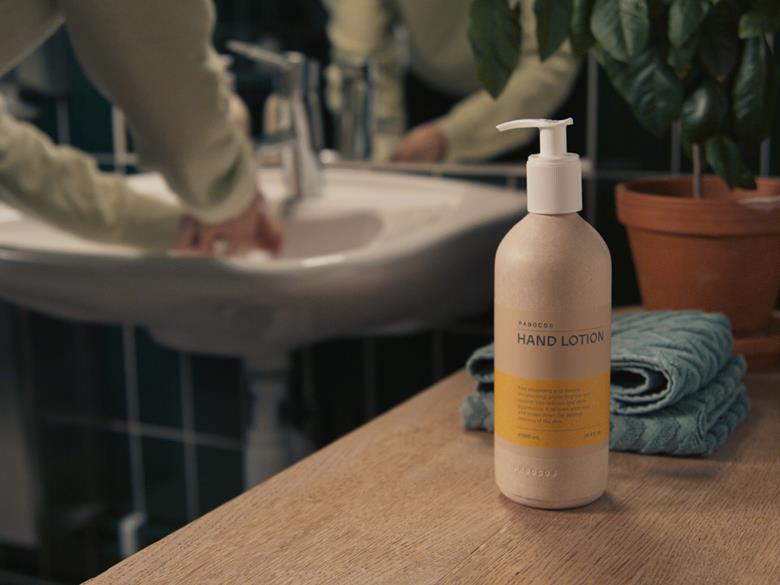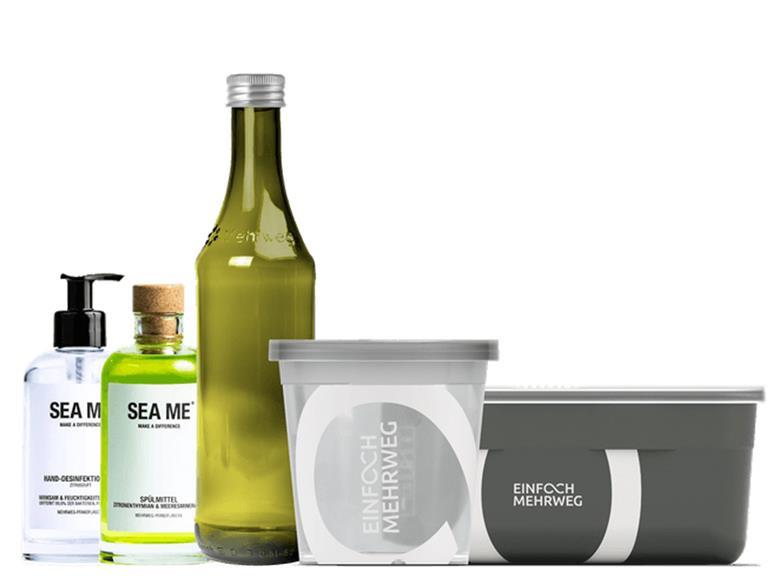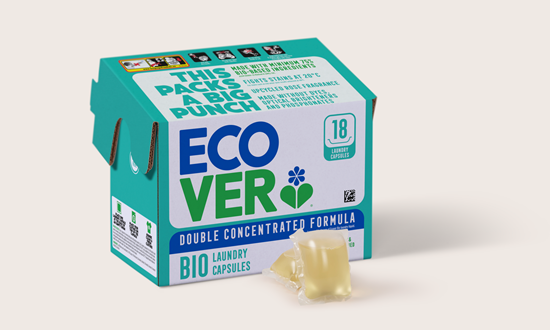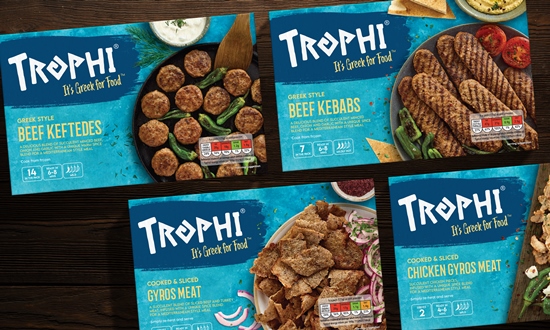Replacing the aluminum barrier layer in aseptic cartons with fiber or other materials is expected to generate environmental benefits while keeping food protected.
Tetra Pak, in an effort to develop and commercialize more sustainable food packaging, is replacing aluminum in its aseptic cartons with materials that reduce carbon footprint and improve recyclability — all without jeopardizing food safety.
The company currently is testing two alternatives as a replacement for aluminum: (1) a fiber-based barrier layer; and (2) a polymer-based barrier. Consumer testing of the fiber-based barrier follows Tetra Pak’s successful 15-month commercial technology validation of the polymer-based version.https://4eb0ac3b2337edd0d1adfae69abde6d0.safeframe.googlesyndication.com/safeframe/1-0-38/html/container.html
Tetra Pak reports that it is investing €100 million (or about $107 million USD, at the current currency exchange rate) per year for the next five to 10 years in improving food-carton sustainability. The investment will help fund development of packages made with a simplified material structure and increased renewable content.
The aluminum layer in conventional aseptic cartons plays an essential food-protection role but is an impediment to sustainability. A typical 1-liter Tetra Pak carton package is 70% paperboard, 25% polyethylene, and 5% aluminum.
Tetra Pak’s “aim is to develop the world’s most sustainable food package, one that is fully made of responsibly sourced renewable materials, is fully recyclable, and is carbon-neutral. Replacing the aluminum layer is a development priority to realize this goal,” says Gilles Tisserand, VP, climate and biodiversity, at Tetra Pak.
“Aluminum is a fossil-based, non-renewable material requiring complex and energy-demanding processes. Despite being thinner than a human hair, the aluminum layer currently used in food [cartons] contributes to a third of the greenhouse gas emissions linked to our base materials,” Tisserand adds.
Recycling issues are another sustainability thorn for aluminum. Tisserand explains that recycling for Tetra Pak aseptic cartons’ aluminum layer “is lacking on a large scale, so both upstream and downstream action is needed to accelerate a progressive change.
“Upstream, replacing the aluminum foil with more compatible materials can significantly help. Downstream, cross-border collaboration and co-investment with recyclers and industry players are key for expansion at scale.”
Starting in late 2020, Tetra Pak began a commercial technology validation in Japan for a polymer-based barrier.
The findings from this completed validation have influenced Tetra Pak’s fiber-based barrier testing, on which the company is working closely with customers. Single-serve packages incorporating the fiber-based material are now on-shelf for the consumer testing, and a technology validation is planned for later in 2022.
In this Packaging Digest exclusive Q&A, Tisserand answers more questions about Tetra Pak’s work on replacing aluminum in aseptic containers, particularly development and testing of the new fiber-based barrier.
Why wasn’t there a fiber-based barrier before? What changed to make this possible?
Tisserand: Transformational and collaborative innovation is critical to accelerate the pace in this domain, because shifting from an aluminum layer to an alternative barrier has implications that impact the full system.
They span the packaging-material composition perspective of increased renewable content — paper — while delivering food safety and quality performance comparable to traditional aseptic cartons; the opening/closure perspective; and the sealing technology perspective. [Note: Packs with the fiber-based barrier are compatible with the plastic straws Tetra Pak currently uses; the company is also developing a paper straw that’s suitable for these packages.]

The aluminum layer in aseptic cartons has both a functionality reason — as it’s protecting food from oxygen and light, acting as a barrier — and a technical reason, because it is responsible for the sealing of the cartons in the filling machine. Therefore, it is critical to use the full product life cycle as the compass guiding our development, including, for instance, supplier collaborations and recycling assessment.
The pilot batch of single-serve packs featuring the fiber-based barrier that are currently on test represents a key marker in this exciting journey.
What more can you tell us about the structure of the fiber-based barrier?
Tisserand: The fiber-based barrier is composed of paper and barriers. Engineered combinations of paper and barriers secure the necessary barrier to light and oxygen, protecting the contents inside the package. This is one of the key roles of the aluminum barrier in our current ambient portfolio.
What more can you tell us about the 15-month commercial technology validation in Japan?
Tisserand: The commercial technology validation in Japan, involving several million packages, helped us to understand the value chain implications created by replacing the thin aluminum layer, which helps keep perishable food safe within aseptic cartons, with a polymer-based barrier.
Like every new development and packaging solution, the pack with the polymer-based barrier went through our rigorous commercial testing protocols. These include looking at different testing attributes when it comes to food safety, from packaging performance to technical testing, as well as overall user experience and recyclability.
What were the learnings from that project, and how did they affect development of the fiber-based barrier?
Tisserand: Beyond analyzing the performance of the polymer-based alternative barrier across the value chain — starting from the way the package is formed/filled/sealed — and to ensure no impacts from a food-safety perspective, the commercial technology validation in Japan allowed us to quantify the impact this shift generates in terms of carbon footprint reduction, while confirming adequate oxygen protection for vegetable juice and enabling increased recycling rates in a country where recyclers favor aluminum-free cartons.
The current consumer test of packs featuring the fiber-based barrier underscores our approach to design for recycling, where increasing the paper content is critical and also supports end-user expectations. Based on recent global research, approximately 40% of consumers confirmed they would be more motivated to sort for recycling if packages were made entirely from paperboard and had no plastic or aluminum. [Note: Tetra Pak conducted this research, a survey of 12,000 consumers worldwide, in summer 2021.]
The two alternative barriers we are piloting are part of our stepwise, collaborative approach in the gradual development and validation of completely new solutions. Our innovation road map includes a suite of alternative barriers, as this is essential to meet ever evolving industry and consumer needs across the globe.
What more can you tell us about the current fiber-based barrier commercial test? Specifically, what’s the product? Where, geographically, is it sold? Who’s the customer?
Tisserand: Our first pilot batch of single-serve packs will contain dairy-based products. With regard to geographical location and customer, this is confidential information that we cannot disclose at this stage.
How successful do you think the fiber-based barrier commercial test will be and why?
Tisserand: Early results suggest that the package with a fiber-based barrier will offer substantial CO2 reduction when compared with traditional aseptic cartons, together with comparable shelf life and food-protection properties.
In addition, cartons with higher paper content are more attractive for paper mills; thus, we believe this concept presents clear potential for realizing a low-carbon, circular economy for packaging.
However, the fiber-barrier remains in its testing phase, with further technology validation scheduled later this year to assess its technical maturity, collect learnings, and improve moving forward. All in a controlled fashion.
Work will continue into 2023 and beyond, the goal being to bring future generations of alternative barriers in the coming years.
What will the fiber-based barrier’s technology validation entail?
Tisserand: The commercial technology validation differs from the consumer test in terms of loops of production — there are more — to test various aspects of the new technology.
Please quantify the fiber-based barrier pack’s shelf life and food-protection properties.
Tisserand: For certain product categories, such as dairy products, the shelf life and food-protection properties offered by the fiber-based barrier are comparable to aseptic carton packages that make use of aluminum. However, this needs to be assessed on a case-by-case basis, based on the product itself, the distribution conditions, and customer assessment rating. [Note: The customer assessment rating is a system to judge the product performance in a specific package.]
As part of our innovation road map, we plan to extend the product-categories coverage offered by our fiber-based barrier; however, this aspect will become clearer when collecting learnings from the technology validation of the first generation of this solution.
How will the fiber-based barrier concept enable a low-carbon circular economy for packaging?
Tisserand: While awareness of the importance of circularity has vastly increased in recent years, many still fail to grasp how this is closely intertwined with climate emergency. The simple fact is that we need to tackle them together, and only by seeing circular economy models through a climate lens will we decarbonize materials fast enough to protect our planet.
It’s clear that circularity — a model in which manufacturers design out waste, reuse and recycle materials, and regenerate natural systems to reduce impact on the environment — is essential and will be even more so in the future.
However, we think this approach needs to go further: It must also account for the carbon impact of manufacturing and, particularly, raw materials. When considering the carbon footprint of packaging materials, with global demand for raw materials expected to double by 2060, the sourcing and processing of these materials will account for nearly one-third of all greenhouse gas emissions by 2050. [Note: According to the report, the raw materials expected to see huge demand spike include biomass, fossil fuels, metals, and non-metallic minerals (construction materials). Only some of these materials are used in packaging.]
Our goal is to use as much renewable and recycled material as possible in our packaging, as this is essential to our low-carbon, circular economy approach.
We believe future pack developments will be increasingly driven by renewability and recyclability, to ensure the decarbonization and circularity of materials and address the need for sustainable food packaging. At Tetra Pak, already today, we are accelerating the shift from high-carbon, fossil-based materials to low carbon, renewable ones.
We believe future pack developments will be increasingly driven by renewability and recyclability, to ensure the decarbonization and circularity of materials and address the need for sustainable food packaging.
We believe that future packs’ composition will favor higher recycling value, with less complexity, reduced plastic content, and increased paper share. Against this backdrop, we are accelerating action in two areas.
The first focuses on design for recycling, aiming for a simplified material structure and increased paper-based content. In short, a package that has circularity and recycling “built in” — along with anti-littering measures.
The second area focuses on the new life of materials used in our packages, after the content is consumed. Here, innovation is critical, especially to expand recycling capacity and value of the recovered polymer and aluminum mix, polyAI. We are working with a growing number of recyclers and other key actors to develop viable and sustainable business solutions.
When do you think Tetra Pak will be able to offer an aseptic package that is fully renewable, fully recyclable, and carbon-neutral?
Tisserand: We are making substantial headway in our development journey together with our partners, the goal being to launch a fully renewable aseptic package by 2023.
Tetra Pak has stated that it’s collaborating with customers, start-ups, universities, and tech companies. What more can you tell us about your partners on the fiber-based barrier project?
Tisserand: Further details cannot be shared for confidentiality reasons
Source:
https://www.packagingdigest.com/sustainability/tetra-pak-aluminum-future-called-and-youre-not-it
